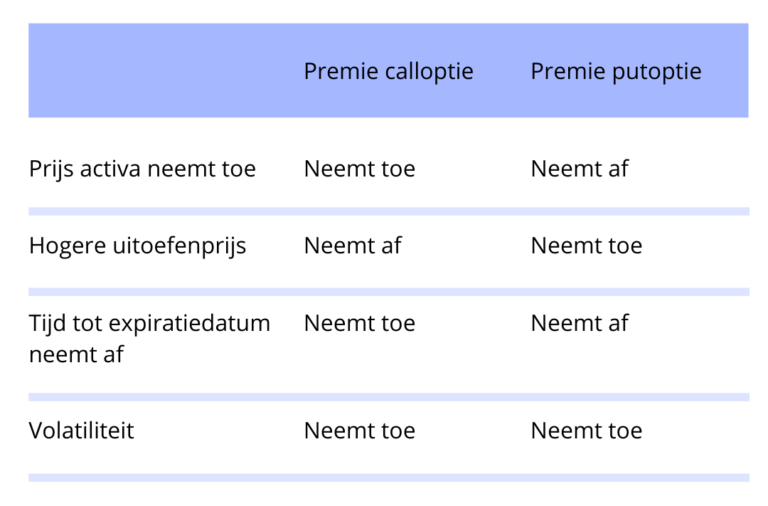COVID-19 vaccine rollout: how might it impact global currencies?
14-01-2021 | treasuryXL | XE |
As 2020 drew to a close, news broke of multiple vaccinations for the COVID-19 virus, and each nation began discussing its plan for distributing the vaccine.
At this time, we are still in the early stages of the vaccine rollout, and many nations around the world are still in the process of vaccinating their highest-priority individuals and preparing for the eventual larger-scale distribution.
As some start to dream about a return to life outside of lockdowns and social distancing, others are wondering what the news of the vaccinations—and their eventual distribution—could mean for major global currencies and economies.
Has anything recently impacted the US dollar?
Several recent happenings have led to an impact on the USD.
First, the dollar may see a very short term sentiment impacted by Donald Trump’s removal from office. President elect Joe Biden has stated that he will announce an economic plan on Thursday, 14 January, to navigate through the COVID-19 pandemic and an eventual reopening. While the specifics of this plan are not known at this time, we do know that this plan will be worth “trillions” of dollars and will entail massive infrastructure spend.
Recent minutes from the Fed have shown us that the US Central Bank quantitative easing (QE), and that interest rates will continue to be low for the foreseeable future.
Finally, U.S. treasury Yields recently rose to 10 month highs.
What does this mean for the dollar?
The above events resulted in an end to the recent weaker dollar. Instead, the dollar has been strengthening against its major trading counter parties.
How are other currencies being impacted by the vaccine roll out?
The sooner a nation can widely distribute immunizations, achieve herd immunity and therefore see its economy back and open for business, the better it will be for their economy and currency.
It is currently estimated that once 70-90% of the population has been vaccinated, the sooner lock down restrictions and the “handbrake” on the economy can be released. Because of this, markets are tracking the current vaccine numbers and the planned numbers in the weeks and months ahead as an indicator of which economies will bounce back and which currencies will strengthen first.
Currently, the US dollar and the British pound are poised to see positive change. As of January 8, 2021, the United States ranks 4th in the list of vaccination doses per country, with 2.02 doses administered per 100 people in the population. The United Kingdom ranks 6th, with 1.94 doses per 100 members of the population as of January 3, 2021.
On the other hand, as a result of Europe’s comparatively slow start to the vaccine roll-out, the Euro currently appears to be in a vulnerable position.
What can you do?
If the past year has demonstrated anything, it’s that one can never predict what may happen. The most important thing that you can do is ensure that you’re prepared for market volatility and market motion in all directions.
Get in touch with XE.com
About XE.com
XE can help safeguard your profit margins and improve cashflow through quantifying the FX risk you face and implementing unique strategies to mitigate it. XE Business Solutions provides a comprehensive range of currency services and products to help businesses access competitive rates with greater control.
Deciding when to make an international payment and at what rate can be critical. XE Business Solutions work with businesses to protect bottom-line from exchange rate fluctuations, while the currency experts and risk management specialists act as eyes and ears in the market to protect your profits from the world’s volatile currency markets.
Your company money is safe with XE, their NASDAQ listed parent company, Euronet Worldwide Inc., has a multi billion-dollar market capitalization, and an investment grade credit rating. With offices in the UK, Canada, Europe, APAC and North America they have a truly global coverage.
Are you curious to know more about XE?
Maurits Houthoff, senior business development manager at XE.com, is always in for a cup of coffee, mail or call to provide you detailed information.
Visit XE.com
Visit XE partner page
















